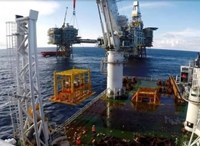Industry Trends

News
January 07, 2026
Siemens and NVIDIA expanded their industrial AI partnership at CES 2026, unveiling new digital twin and AI tools aimed at improving lifecycle efficiency across energy and infrastructure assets.
Article
December 2025
Progressive cavity pump applications are being redefined by with revolutionary electric submersible progressive cavity pump (ESPCP) systems.

Article
December 2025
This article examines Halliburton's data-driven approach to well control audits that use artificial intelligence (AI)-supported workflows, real-time data, and historical records to identify at-risk wells, streamline compliance, and reduce nonproductive time.

News
January 06, 2026
Expectations that Venezuela could quickly rebound to historic output near 3 MMbpd are running into hard infrastructure and capital barriers, according to commentary from global analyst firms.

Article
December 2025
Uncertainty continues to cloud investment on the UK Continental Shelf, as high taxation, limited licensing, declining production and policy shifts reshape the UK energy outlook to 2050.

News
January 05, 2026
Mozambique LNG illustrates how shifting climate policies, security assessments and political priorities in key financing countries are slowing African LNG projects, raising costs and extending development timelines across the continent.

News
January 02, 2026
Occidental has completed the $9.7-billion sale of its OxyChem chemical business to Berkshire Hathaway, strengthening its balance sheet and upstream focus.

News
January 02, 2026
Baker Hughes has completed the closing of its surface pressure control JV with Cactus, marking a shift in ownership and capital allocation within the upstream equipment sector.

News
December 22, 2025
Harbour Energy has agreed to acquire deepwater operator LLOG for $3.2 billion, entering the U.S. Gulf and adding long-life, oil-weighted offshore assets.
News
December 22, 2025
Bourbon has completed its financial restructuring, bringing Davidson Kempner and Fortress in as majority shareholders and positioning the offshore services provider for renewed growth.

News
December 18, 2025
bp has named Woodside Energy CEO Meg O’Neill as its next chief executive, effective April 1, 2026, as Murray Auchincloss steps down. The leadership change signals a new phase for the supermajor focused on tighter financial discipline and accelerated strategic execution.

News
December 17, 2025
Baker Hughes has secured a multi-year contract with Kuwait Oil Company to deploy advanced ESP artificial lift systems integrated with digital production technologies, strengthening its long-standing role in enhancing output from Kuwait’s oilfields.

News
December 12, 2025
Harbour Energy will acquire Waldorf Energy’s UK North Sea assets for $170 million, expanding its oil-weighted production and raising its stake in the Catcher field to 90%.

News
December 09, 2025
IWCF has launched its new “Quality Assured” framework, providing independent endorsement for non-accredited well control training and aiming to strengthen consistency, competence and safety standards across the global oil and gas industry.

News
December 03, 2025
Op-Ed: Africa’s emerging gas hubs could reshape the continent’s energy and economic future. NJ Ayuk outlines how upstream growth, infrastructure expansion and balanced fiscal policies can unlock transformational benefits—if nations navigate key risks.

News
November 26, 2025
Carlyle Group’s Jeff Currie says the massive surge in AI-related capital spending mirrors the shale industry’s pre-crash “growth at all costs” era, warning that Big Tech’s datacenter and chip investment boom is following the same debt-heavy playbook that once wiped out trillions in oil and gas equity.

Article
November 2025
In his newest column, World Oil editor-in-chief Kurt Abraham breaks down the Trump administration’s sweeping new offshore leasing strategy—an overhaul that replaces the restrictive Biden-era plan with a far more expansive five-year program.

News
November 21, 2025
D-Tech has fully commercialized its OmniSteer rotary steerable platform after exceeding one million feet drilled across global basins. The latest generation RSS integrates upgraded digital controls, automated steering algorithms, and a streamlined mechanical design.
News
November 18, 2025
DNO has reshaped its North Sea portfolio by divesting its Ekofisk PPF stake and acquiring new interests in the Verdande field and Cassio prospect, advancing a strategy focused on near-term cash flow and quick-cycle development.

News
November 18, 2025
At the Wider African Energy Summit in Aberdeen, operators and industry groups highlighted how UK offshore engineering and project-delivery expertise could help African nations accelerate upstream growth, strengthen gas monetization and improve emissions performance.


